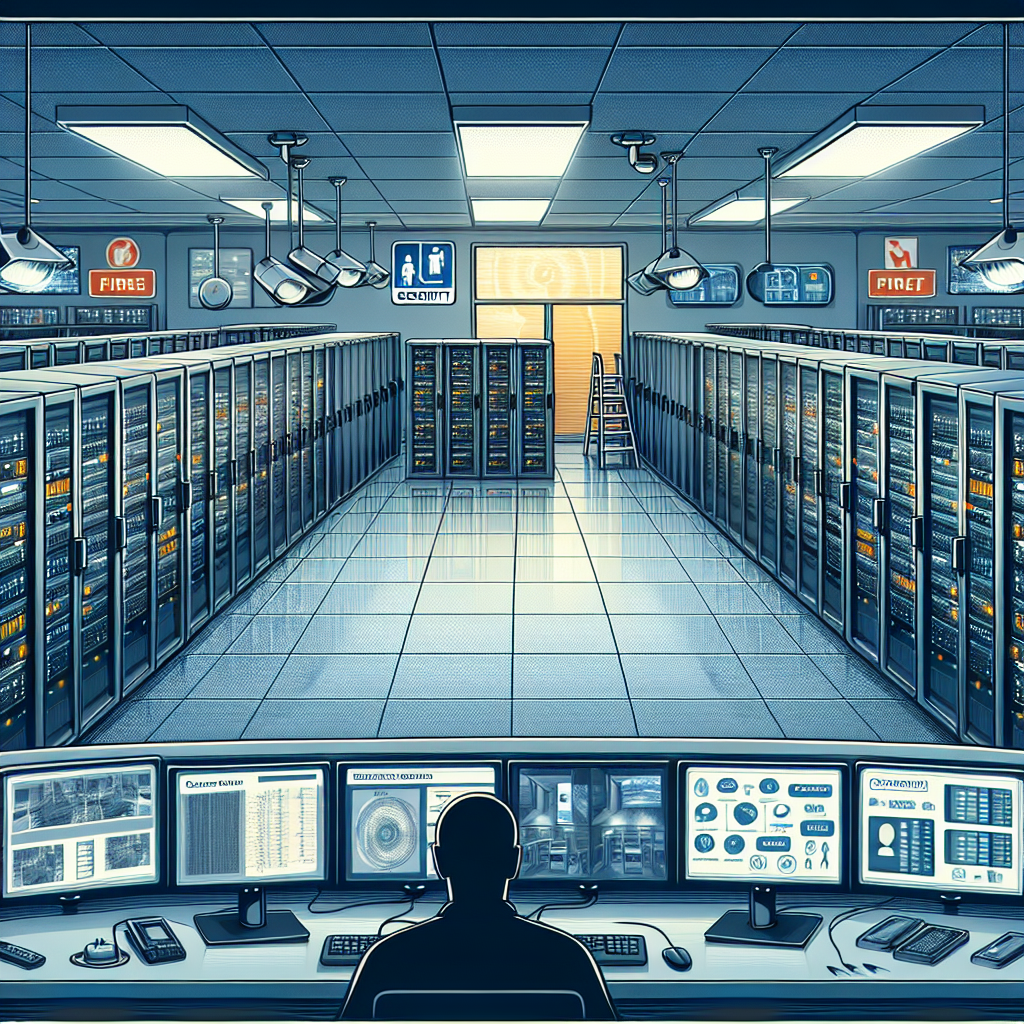Your cart is currently empty!
Data Center Security Systems: A Comprehensive Guide to Building a Secure Infrastructure

In today’s digital age, data centers play a crucial role in storing and managing vast amounts of data for businesses of all sizes. With cyber threats on the rise, it is more important than ever to ensure that data center security systems are in place to protect sensitive information from unauthorized access and potential breaches.
Building a secure infrastructure for a data center starts with understanding the various components that make up a comprehensive security system. From physical security measures to advanced cybersecurity technologies, there are several layers of protection that need to be considered when designing a secure data center.
Physical Security Measures
Physical security measures are the first line of defense in protecting a data center from unauthorized access. This includes access control systems, surveillance cameras, and security guards to monitor and control who has access to the facility. Access control systems can include key cards, biometric scanners, or other forms of authentication to ensure that only authorized personnel can enter the data center.
In addition to access control systems, data centers should also have perimeter security measures in place to prevent unauthorized individuals from gaining access to the facility. This can include fences, gates, and security barriers to restrict access to the building.
Cybersecurity Technologies
In addition to physical security measures, data centers also need to implement advanced cybersecurity technologies to protect against cyber threats. This includes firewalls, intrusion detection systems, and encryption protocols to safeguard data from cyber attacks.
Firewalls are essential for monitoring and controlling incoming and outgoing network traffic to prevent unauthorized access to the data center. Intrusion detection systems can help detect and respond to potential threats in real-time, while encryption protocols can protect data at rest and in transit to prevent unauthorized access.
In addition to these technologies, data centers should also regularly update and patch software and systems to address vulnerabilities and ensure that security measures are up to date.
Security Policies and Procedures
In addition to physical security measures and cybersecurity technologies, data centers should also have security policies and procedures in place to guide employees on best practices for data security. This can include password policies, data encryption guidelines, and employee training on how to recognize and respond to potential security threats.
Regular security audits and assessments should also be conducted to identify potential vulnerabilities and ensure that security measures are effective in protecting data center infrastructure.
In conclusion, building a secure infrastructure for a data center requires a comprehensive approach that includes physical security measures, cybersecurity technologies, and security policies and procedures. By implementing these measures, businesses can protect sensitive data from unauthorized access and potential breaches, ensuring the confidentiality, integrity, and availability of data stored in their data centers.

Leave a Reply